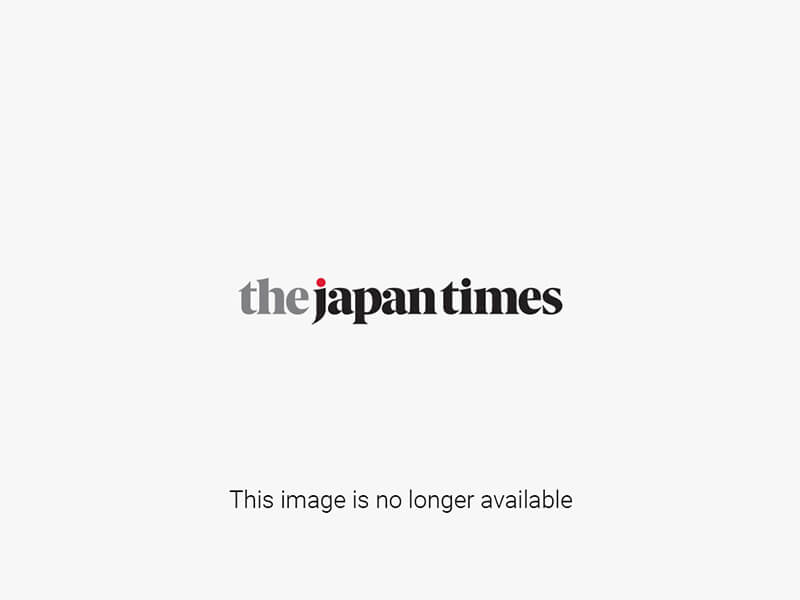Oct. 11 marks one year since Japan reopened its borders to individual tourists. Since then, the relatively new word インバウンド (inbaundo, inbound) has been making frequent appearances in the news.
While its original meaning is “inward bound,” the Japanese katakana usually suggests 訪日旅行 (hōnichi ryokō, travel to Japan) and 外国人旅行客 (gaikokujin ryokō-kyaku, foreign travelers). In the context of 訪日, the kanji 訪 (hō, otozu[reru], tazu[neru]) means “visiting,” and 日 (nichi, jitsu, hi, ka) represents 日本 (Nippon/Nihon, Japan).
According to a survey conducted by 観光庁 (kankōchō, the Japan Tourism Agency), the proportion of visitors who are リピーター (ripītā, repeaters) has been steadily increasing, making up the majority of overseas tourists. Another trend that has been spotted is 滞在の長期化 (taizai no chōki-ka, prolonged stays), which allows visitors to explore less touristy places in addition to the main destinations of Tokyo, Osaka and Kyoto. Local towns and villages are slowly benefiting from this trend by offering immersive 体験型の講座 (taiken-gata no kōza, hands-on workshops), or by allowing the renovation of 空き家 (akiya, vacant homes) into 古民家ホテル (kominka hoteru, old house hotels).

